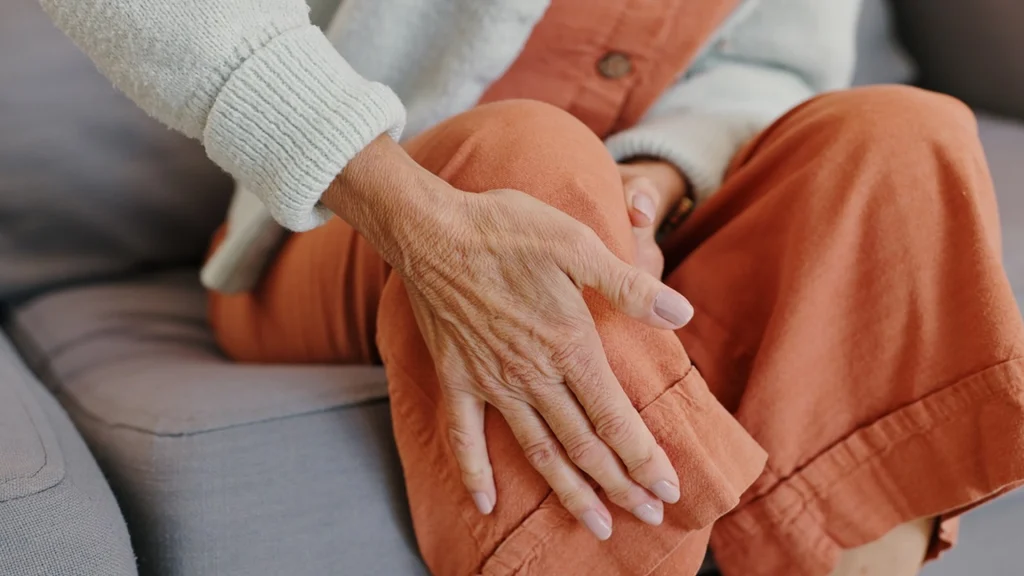A breakthrough in Taiwan could mean earlier diagnosis and personalized treatment for those suffering from arthritis and osteoporosis.
Others are reading now
Recent genetic research out of Taiwan could transform the lives of millions suffering from arthritis and osteoporosis, two painful and often co-occurring conditions.
Researchers have identified specific genes tied to both disorders, opening doors to earlier diagnosis and potentially groundbreaking treatment options that could lessen pain and protect bone health.
A New Path for Treatment
Led by Dr. Hao-Ju Lo at Da-Chien General Hospital, the study identifies two genes—ATXN2L and MMP14—as key players in the development of arthritis and osteoporosis.
Using machine learning, the team discovered that these genes are associated with the process of bone cell destruction seen in arthritis, which also contributes to the weakened bones characteristic of osteoporosis.
Also read
Arthritis occurs when the body’s immune system mistakenly attacks its own joints, leading to painful inflammation and cartilage breakdown. This damage, in turn, weakens bones and increases the risk of osteoporosis, a condition affecting roughly 17 million people worldwide.
“In rheumatoid arthritis, excessive cell death of bone-forming cells contributes to joint destruction and inflammation,” Dr. Lo explained, as cited by Express. “This process also leads to weakened bones in osteoporosis.”
Artificial Intelligence
These genetic findings open up the possibility of using artificial intelligence to create more targeted treatment options.
By predicting which patients are at the highest risk of developing osteoporosis alongside arthritis, doctors could soon provide more personalized, effective treatment plans. Though the technology is in early development, the goal is to combine genetic data with AI to create treatments tailored to each individual’s needs, reducing pain and potentially slowing the progression of both conditions.
Looking forward, Dr. Lo and his team hope to use this research to not only alleviate joint pain but also strengthen bones.


